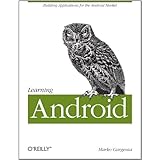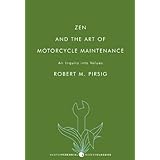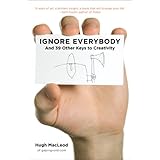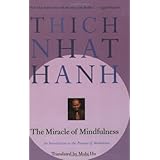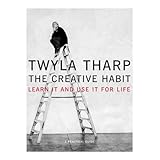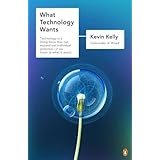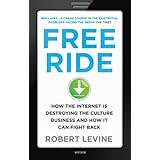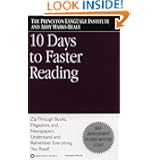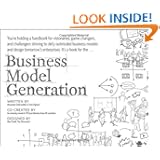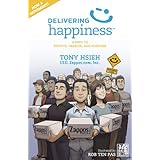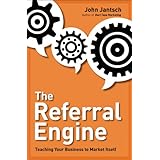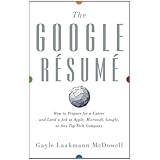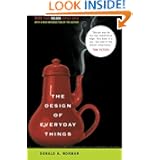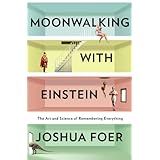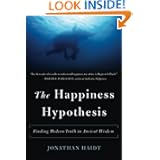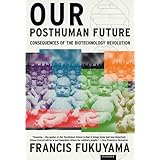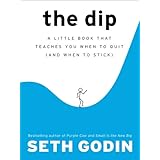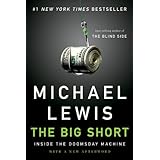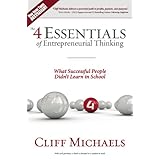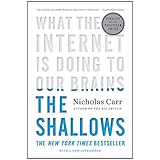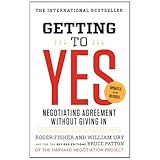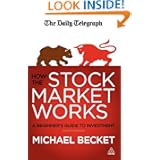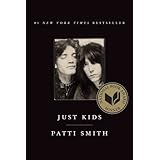Buying a house has some benefits: you get the peace of mind that you don't depend on anyone and you can stay here for as long as you want, as long as you make the mortgage payments. You secure a spot to your assigned school which looks great on paper. You build equity in the house. You've seen everything about what life has to offer already, so it's time to make your adult routine permanent for the next 30 years because what else could ever happen?
Then you discover that owning the house means that you're responsible for every single thing in it. What a great way to waste time, and life as a result. Here is how to get your freedom back.
Hire a gardener. Seriously, no kid grew up thinking that maintaining a perfect lawn was a good purpose in life. Sure your dad spent time doing it, but did he choose to? Even if you mow your lawn on a regular schedule, is that going to improve your mowing skill each time so that you become more efficient, and your lawn is more beautiful each time? Also a good way to not buy a mower and avoid falling into the trap of maintaining it.
When you receive your property tax bill, pay it within 5 minutes. The faster you're done the faster you'll have forgotten about it. Yes, it's probably a large amount, you might be looking at every line and think "Is this a fair way of allocating my tax dollars". Then you remember that the local government bureaucracy couldn't care less about you.
When something breaks around the house and you're thinking about fixing it, don't do it. I mean if you have the knowledge, or you enjoy fixing things then go for it. For the rest of us who would rather spend time reading a book, have quality time with family, or ride your bike for 5 hours, you can outsource it. It will be well worth it. Don't you dare to go to Home Depot, it's a trap. Try calling the previous owner of the house and see how soon she can fix it.
Hire a dog walker. One good idea of getting a dog might be to avoid having kids. It looks simpler on the surface and it has less responsibility over time. Also in American culture, the dog is a requirement to homeownership, which means that many people previously renting an apartment got a dog as part of buying the house. But spend every day picking up your dog's poop several times a day and you'll realize that it's not much different than changing a child's diapers. Except the child ends up not needing diapers! Also if your life is scripted around the schedule of your dog, like you wouldn't think about happy hour after work because you need to commute home and be there for the dog, then you're not living your life.
Pay for a faster commute option if you increased your commute when becoming a homeowner. You have more options than you think. You're not stuck in the infinite subway script.
Never look at the value estimate of your house on Redfin. The only thing it does is to reinforce the perception that your house is worth something, even though it's the most unproductive asset. Even if you like the idea of cashing out on your house equity, we're talking about getting rid of the roof over your head, also known as one of the most basic human needs. Instead, do look at Craigslist for potential places to rent in neighborhoods that you like. You might discover that you get better value and more peace of mind when renting.
There you have it. Get your time back and start having the house work for you, not the other way around.
